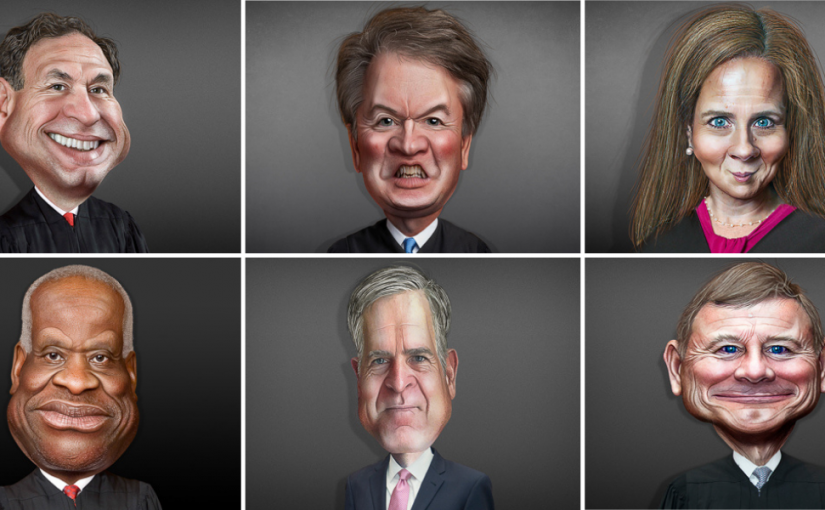Welcome to the (New) Era of American Lawlessness
The six conservative Justices do not have the sound judgment or the common sense to see that ruling against the will of the supermajority on so many aspects of American life will inevitably result in serious erosion of the Rule of Law.



